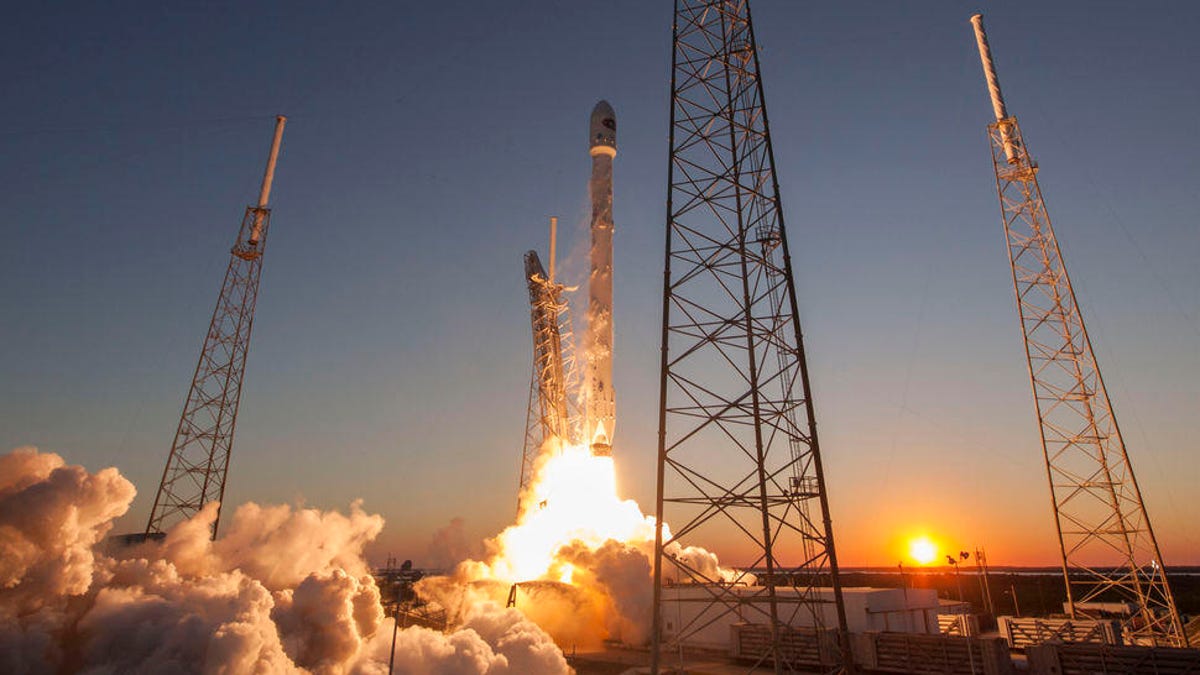SpaceX Falcon 9 launch: Watch the AMOS-17 mission live
SpaceX's workhorse Falcon 9 rocket is vertical on the launchpad but conditions are only 40% favorable.

Elon Musk wants to recycle even more parts of SpaceX rockets.
After hitting a tiny, tiny snag, SpaceX is ready to launch its workhorse rocket, the Falcon 9, for the eighth time this year. Elon Musk's spaceflight company had to perform a second static fire test after replacing a "suspect valve" on July 31 and with that out of the way, the Falcon 9 is ready to fly on the AMOS-17 mission. If you're keen to follow along, we've got the webcast right here.
The launch is currently scheduled for 4:23 p.m. PT (7:23 p.m. PT) on Aug. 6 and will lift off from Cape Canaveral Air Force Station in Florida. The window is open until 5:21 p.m. PT. but SpaceX have announced that weather conditions are only 40% favorable so if the sky plays up... we might be waiting a little longer for launch.
Regardless, SpaceX is carrying a webcast of the stream, which you can follow along with below:
Though launches are as exciting as ever, this one is particularly important because the customer, Spacecom, previously lost a satellite payload on a SpaceX flight in 2016. As a result, this launch will be provided to Spacecom free of charge, after that anomaly during the static fire testing resulted in an explosion of the launch vehicle and Spacecom's AMOS-6 satellite.
AMOS-17 will provide telecommunications access across the Middle East, Africa and Europe and will eventually finish up in a geostationary orbit around the Earth.
The booster being used has flown twice previously, in July and November 2018 but will not be recycled like its previous two flights. Instead, it's likely to end up in the ocean.
The booster supporting this mission previously flew in support of the Telstar 19 VANTAGE and Es’hail-2 missions pic.twitter.com/RUrphlFi5o
— SpaceX (@SpaceX) August 1, 2019
Originally published July 31.
Updates, Aug. 2: Adds static fire details; Aug. 6: Adds launch stream/live details.

